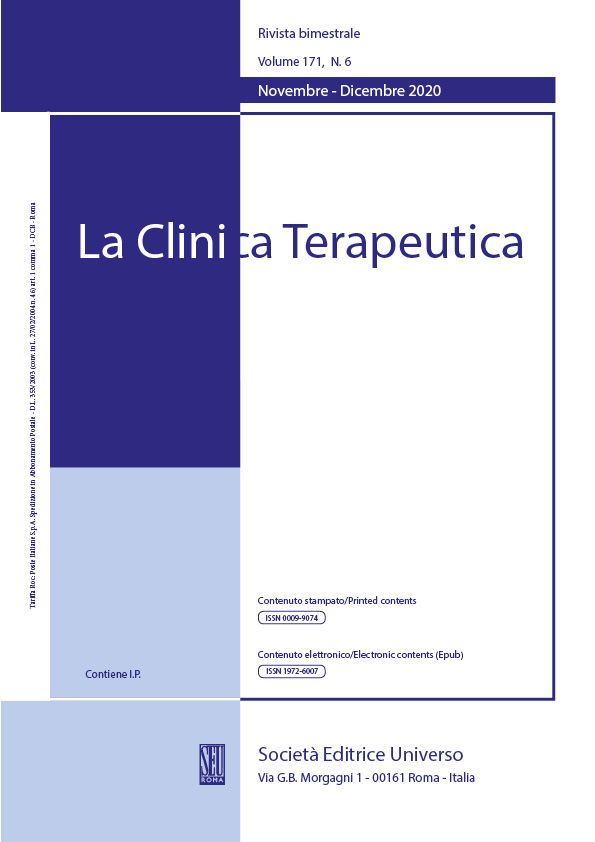Abstract
Background. This study aimed to correlate dynamic contrast-enhanced magnetic resonance imaging (DCE-MRI) parameters with prognostic factors in breast cancer.
Methods. A retrospective analysis was performed in 45 patients who had breast DCE-MRI and were diagnosed with invasive ductal breast cancer following surgery. The following DCE-MRI parameters were calculated: percentage of initial peak enhancement (Epeak), time to initial peak enhancement (TTP), initial slope increase (IS), early signal enhancement ratio (ESER), and time-signal intensity curve (TIC) types. Correlations between Epeak, TTP, IS, ESER, and prognostic factors were determined using the Mann–Whitney U test and the Kruskal–Wallis test. The Chi-square test and Fisher’s exact test were used to investigate the relationship between kinetic curve types and prognostic factors.
Results. Epeak and IS were significantly higher in the Ki-67 high-expression group than in the Ki-67 low-expression group (p = 0.031 and p = 0.012, respectively). ESER was significantly correlated with the histological type and Ki-67 expression level (p = 0.014 and p = 0.047, respectively). The TIC types were significantly correlated with the Ki-67 expression level (p = 0.009). Tumors with plateaus and washout curves were more likely to be associated with the Ki-67 high-expression group than tumors with a persistent curve (P = 0.027 and P = 0.038, respectively). TTP had no correlation with any prognostic factors (P > 0.05).
Conclusions. This study showed that the DCE-MRI parameters of breast cancer were correlated with the expression of histopathological prognostic factors and might be useful for predicting prognosis.

